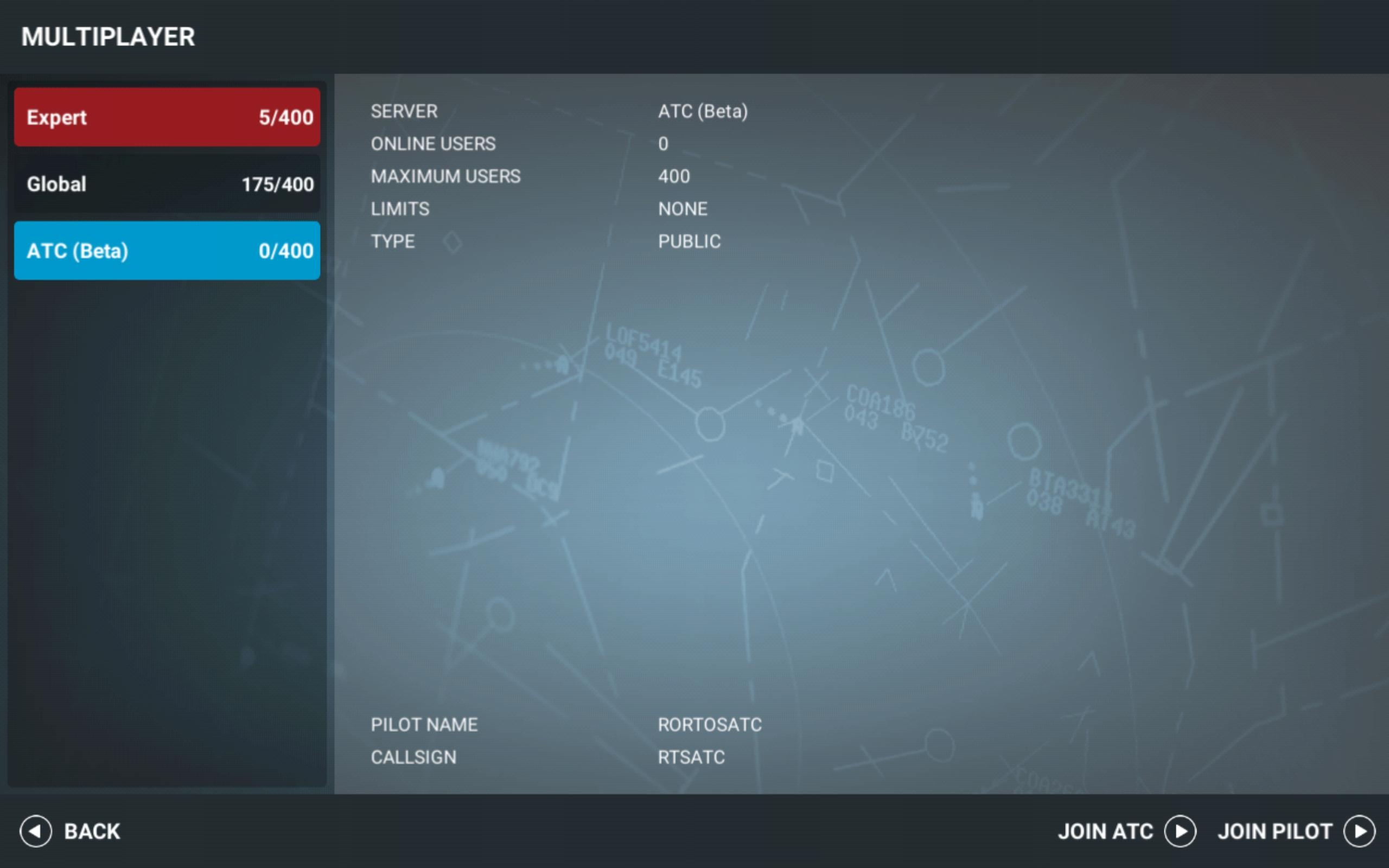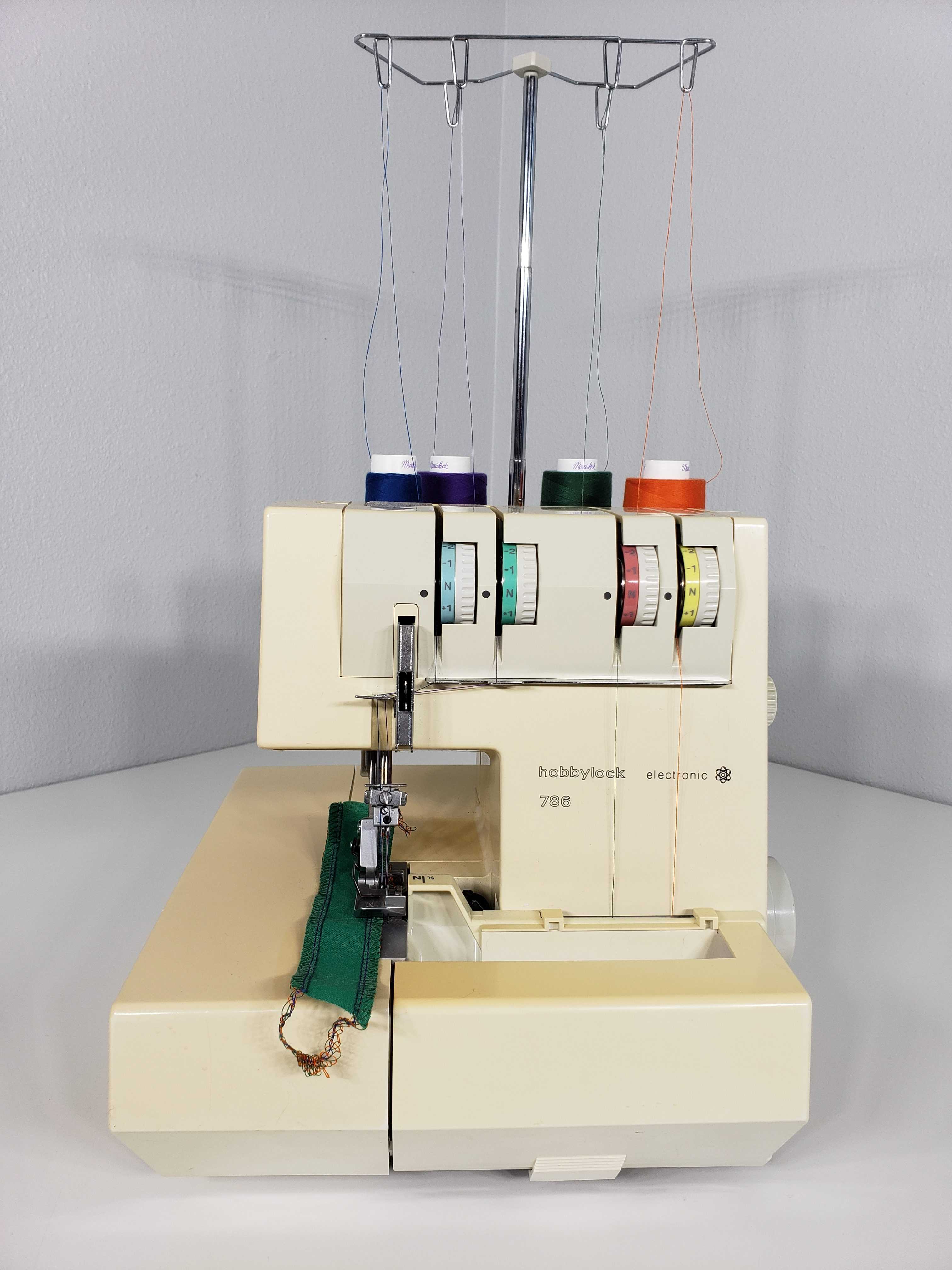- Server 5 Manual Free
- Server 5 Manual 2017
- Server 5 Manual Free
- Server 5 Manual Download
- Server 5 Manual 2
Percona Server for MySQL 5.7 Manual. Percona Server Operations Manual Release 5.7.34-37 400+ pages of easily referenced documentation. Calibre User Manual. Calibre is an e-book library manager. It can view, convert and catalog e-books in most of the major e-book formats. It can also talk to many e-book reader devices. It can go out to the Internet and fetch metadata for your books. It can download newspapers and convert them into e-books for convenient reading. 5 Introduction With a COMSOL Server ™ license, a COMSOL Multiphysics ® application can be run in major web browsers on platforms such as Windows ®, macOS, iOS, Linux ®, and Android™. Microsoft SQL documentation. Learn how to use SQL Server and Azure SQL to manage your database needs, both on-premises and in the cloud.
Applies to RouterOS:v6.34+
Overview
The Dude is free software, no purchase is necessary. You can download The Dude from the MikroTik web page, in the download section. Under the required instruction set you will see Server package NPK file for RouterOS, and a bit lower in general section Client installation executable for The Dude client side.
System requirements for client
The Dude client should run on pretty much all of Windows versions starting with Windows XP. Client program does not require much resources so low spec windows computers for monitoring needs will do just fine.
The client can also be used on Linux and MacOS if using Wine or Darwine respectively.
System requirements for server package
RouterOS:
- v6.34rc13 or newer
Hardware:
- TILE devices;
- ARM devices;
- MMIPS devices;
- RouterOS x86 installations;
- RouterOS CHR environment
Note: Use of dude server package is not supported on other hardware.
Note: For models with 16MB on-board storage use of USB/μSD storage is required to run The Dude server on the device.
Note: Preferably you should use industrial grade mircoSD cards and USB drives as they have longer life cycle under applications that can write data to flash more frequently as The Dude server database in this case. For large network monitoring it is suggested to us highly reliable HDD/SSD drives.
Installation process
- Download The dude Client application and Server package in MikroTik software download page
Server side
- Upload dude .npk package to RouterOS host on which you will use it and reboot it to finish installation.
- To enable or disable server use command:
- After that just check, If dude server is up and running with command: '/dude print'
- by default all The Dude data is stored on system disk, if you wish to change it's location the use this command:
For more info on how to work with attached storage please check this wiki article: Disks
- Now you are up and running. Just connect with The Dude client and start working.
Client side
Windows Client
Windows Client is at the moment considered main Viewing/Management interface for the Dude server.
- Install Client software by following steps through the software installation wizard.
- Client shortcuts are now added to Start menu applications list on your workstation.
Server 5 Manual Free
- Now just open the client and connect to The Dude server host. Use your host device admin credentials to access server.

Web interface
Starting with v6.38rc software build The Dude server is viewable and configurable also through RouterOS Web interface (Webfig). Just enter your server host device IP address in browser and log into Webfig interface. Then on the left side menu you can get into Dude configuration section.
Link to Webfig manual page
Winbox interface
Starting with v6.38rc software build The Dude server is configurable also through Winbox configuration tool. To successfully access host on which The Dude server is running you will need winbox that is at least v3.7 or newer build. Latest build can always find on our main download page. Winbox download Link is located on the lower side of page.
Link to Winbox manual page
After you log into The Dude server host you will be able to find Dude configuration menu on right side menu selection panel.
Read more
Name
startx - initialize an X sessionSynopsis
startx[ [ client ] options ... ] [ -- [ server ] [ display ] options ... ]
client ] options ... ] [ -- [ server ] [ display ] options ... ] Description
Server 5 Manual 2017
Thestartx script is a front end to xinit(1) that provides a somewhat niceruser interface for running a single session of the X Window System. Itis often run with no arguments.Arguments immediately following the startxcommand are used to start a client in the same manner as xinit(1). The specialargument '--' marks the end of client arguments and the beginning of serveroptions. It may be convenient to specify server options with startx to changeon a per-session basis the default color depth, the server's notion of thenumber of dots-per-inch the display device presents, or take advantage ofa different server layout, as permitted by the Xorg(1) server and specifiedin the xorg.conf(5) configuration. Some examples of specifying server argumentsfollow; consult the manual page for your X server to determine which argumentsare legal.
startx -- -depth 16
startx -- -dpi 100
startx -- -layout Multihead
Todetermine the client to run, startx first looks for a file called .xinitrcin the user's home directory. If that is not found, it uses the file xinitrcin the xinit library directory.
If command line client options are given,they override this behavior and revert to the xinit(1) behavior. To determinethe server to run, startx first looks for a file called .xserverrc in theuser's home directory. If that is not found, it uses the file xserverrcin the xinit library directory. If command line server options are given,they override this behavior and revert to the xinit(1) behavior. Usersrarely need to provide a .xserverrc file. See the xinit(1) manual page formore details on the arguments.
The system-wide xinitrc and xserverrc filesare found in the /usr/lib/X11/xinit directory.
The .xinitrc is typicallya shell script which starts many clients according to the user's preference. When this shell script exits, startx kills the server and performs anyother session shutdown needed. Most of the clients started by .xinitrc shouldbe run in the background. The last client should run in the foreground;when it exits, the session will exit. People often choose a session manager,window manager, or xterm as the 'magic' client.
Example
Below is a sample .xinitrcthat starts several applications and leaves the window manager runningas the 'last' application. Assuming that the window manager has been configuredproperly, the user then chooses the 'Exit' menu item to shut down X.
Environment Variables
- DISPLAY
- This variable gets set to the name of thedisplay to which clients should connect. Note that this gets set, not read.
- XAUTHORITY
- This variable, if not already defined, gets set to $(HOME)/.Xauthority.This is to prevent the X server, if not given the -auth argument, from automaticallysetting up insecure host-based authentication for the local host. See theXserver(1) and Xsecurity(7) manual pages for more information on X client/serverauthentication.
Files
- $(HOME)/.xinitrc
- Client to run. Typically a shell scriptwhich runs many programs in the background.
- $(HOME)/.xserverrc
- Server torun. The default is X.
- /usr/lib/X11/xinit/xinitrc
- Client to run ifthe user has no .xinitrc file.
- /usr/lib/X11/xinit/xserverrc
- Serverto run if the user has no .xserverrc file.